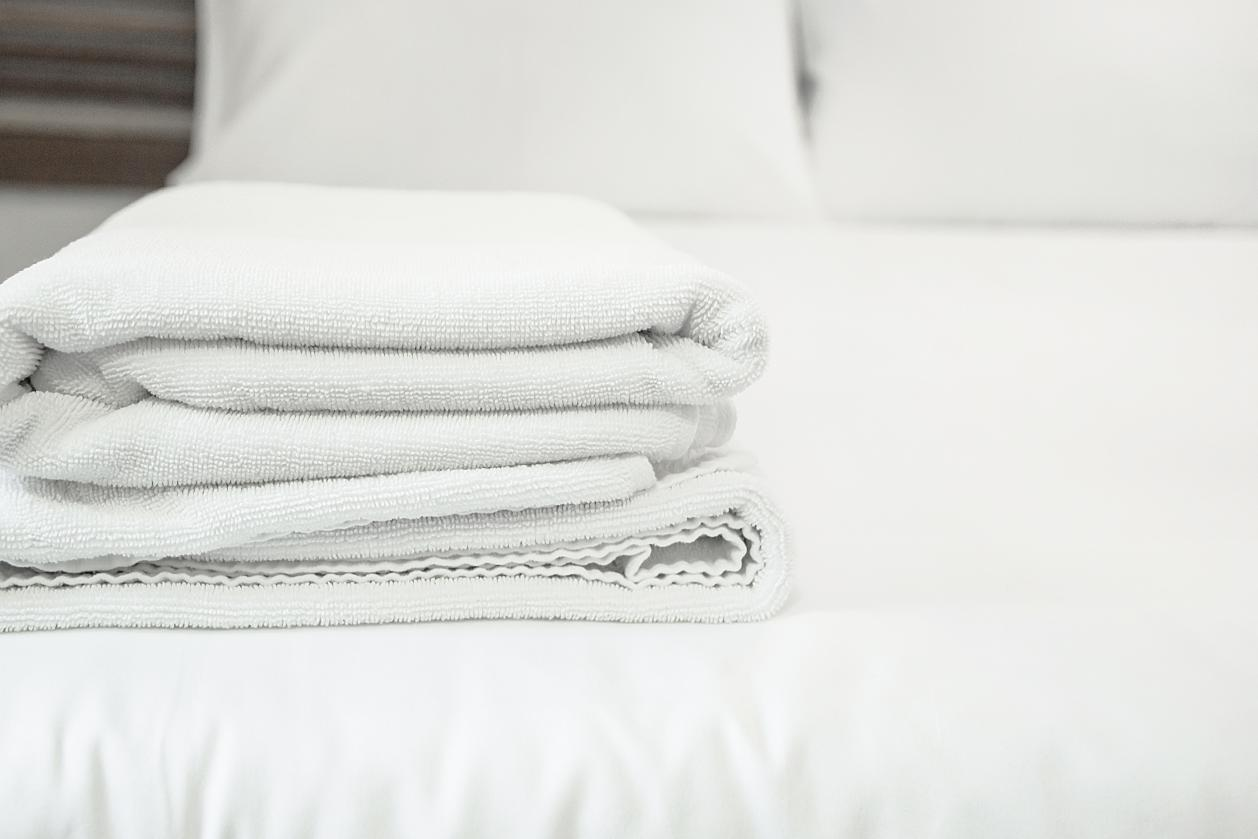In the linen laundry industry, between laundry factories and detergent factories, which is more professional in “cleaning linen thoroughly”? The answer to this question is not an either-or one, but rather requires seeking logical fulcrums from industry division of labor, technological focus, and practical application scenarios. In this article, we will break down the professional dimensions of the two to help practitioners in the laundry industry clarify their understanding.
Laundry Plant
The owner of the laundry factory and the technical team are experts in the production site. Their comprehensive control over the entire laundry process shows their professionalism.
● Experience in process
They are familiar with the stains of different types of linen: hotel bed sheets, hospital bedding…
They can adjust parameters according to on-site equipment: washing time and water level…
● Emergency response capacity
When facing equipment failure, sudden changes in water quality, or other unexpected situations, they can quickly adjust the dosage of detergents based on their experience. This can ensure the timely completion of the washing.
● Cost control awareness
They know the balance between efficiency and cost, and also master how to optimize the consumption of water, electricity, and chemical materials while ensuring basic cleanliness.
Take hotel linen washing as an example, experienced technicians in laundry factories can quickly determine whether the washing program needs adjustments by touching the moisture content of the linen and observing the wrinkles after dehydration. This intuition in the workshop is valuable experience accumulated from long-term practical work.
Detergent Factory
More focused technological depth and standardization capabilities show detergent factories’ professionalism.
● Research and development side
The R&D team works in the laboratory for a long time. Their core work includes:
- Formula optimization
Develop targeted surfactant and enzyme compound solutions for different stain components. (oil, blood, coffee stains…)
e.g., Lipase breaks down oil. Amylase decomposes starch-based stains.
- Environmental Adaptation
Study detergent activity under different water qualities (hard/soft water) and temperature ranges (room/high temperature).
e.g., Launch detergent with chelating agents in hard water areas to reduce interference of calcium and magnesium ions on washing results.
● Server side
The value of the on-site technical team is transforming laboratory achievements into practical solutions.
- Regional adaptation
Do on-site visits across regions to understand local water hardness (hard water in northern China, soft water in southern China) and washing habits (some regions prefer high-temperature washing, others focus on energy efficiency), then customize chemical formulas for clients.
- Process standardization
Transform abstract chemical performance into specific operation guidelines.
Specify “in the main washing stage, first add alkali to adjust pH to 10-11, then add oxygen bleach” to ensure stable washing quality reproduction across different laundry factories.
Demand Differences
The detergent factories’ understanding of cleanliness after washing is often more specialized and quantified than that of laundry factories.
● Hotel linen washing
Beyond basic cleanliness, they place greater focus on linen whiteness (reflectance index) and softness (friction coefficient), as guests’ visual and tactile experience with bed sheets directly affects their stay evaluation.
● Hospital linen washing
The priority is the dual effect of stain removal and disinfection. Detergents should remove stubborn stains (blood and secretions) and also achieve a bacteria-killing rate of over 99.9% by virtue of high temperature or detergent compatibility.
● Food & beverage linen washing
The core is removing oil and sauce stains. The formula of detergents needs to increase the proportion of oil-decomposing enzymes while ensuring linen wash resistance to avoid damage from frequent washing.
These differentiated requirements are the pain points that detergent factories need to transform through professional technology.
For example, customize a compound solution of chlorine-containing disinfectant and protease for hospital linen washing, and develop a detergent that balances stain removal and color protection for hotel linen washing.
Coordination
Actually, the professional capabilities of the laundry factory and the detergent factory are not in opposition but complementary.
● Information sharing
Laundry factories provide on-site data such as stain types and equipment parameters. Detergent factories optimize formulas based on this information.
e.g., Developing a detergent with special oxidants to address linen yellowing issues at a specific hotel.
● Co-creation
Technical teams from detergent factories and laundry factories should sort out washing processes together and integrate detergent properties into process design.
e.g., Adding a certain high-efficiency laundry detergent at a 60℃ water temperature can shorten the main washing time by 15 minutes.
● Cost Co-Control
Detergent technology upgrades help laundry factories reduce overall costs.
e.g., Launch highly concentrated detergents to cut transportation costs and storage space, and improve unit stain removal efficiency.
Conclusion
The laundry factories’ experience and the detergent factories’ technology are actually different dimensions of the industry division. The former is the commander on the battlefield, and the latter is the weapon developer. The true and effective washing solutions are that laundry factories and detergent factories break down the information barriers. Laundry factories actively give feedback about the on-site requirements. Detergent factories actively provide technologies. They jointly upgrade “washing clean” from a vague empirical judgment to a quantifiable and reproducible standard process.
If your laundry factory is facing problems like unstable stain removal effects and high costs, you can communicate deeply with the technical team of the detergent factories. Perhaps in the collision of laboratory data and workshop experience, new breakthroughs for improving efficiency can be found.
Post time: Oct-24-2025


